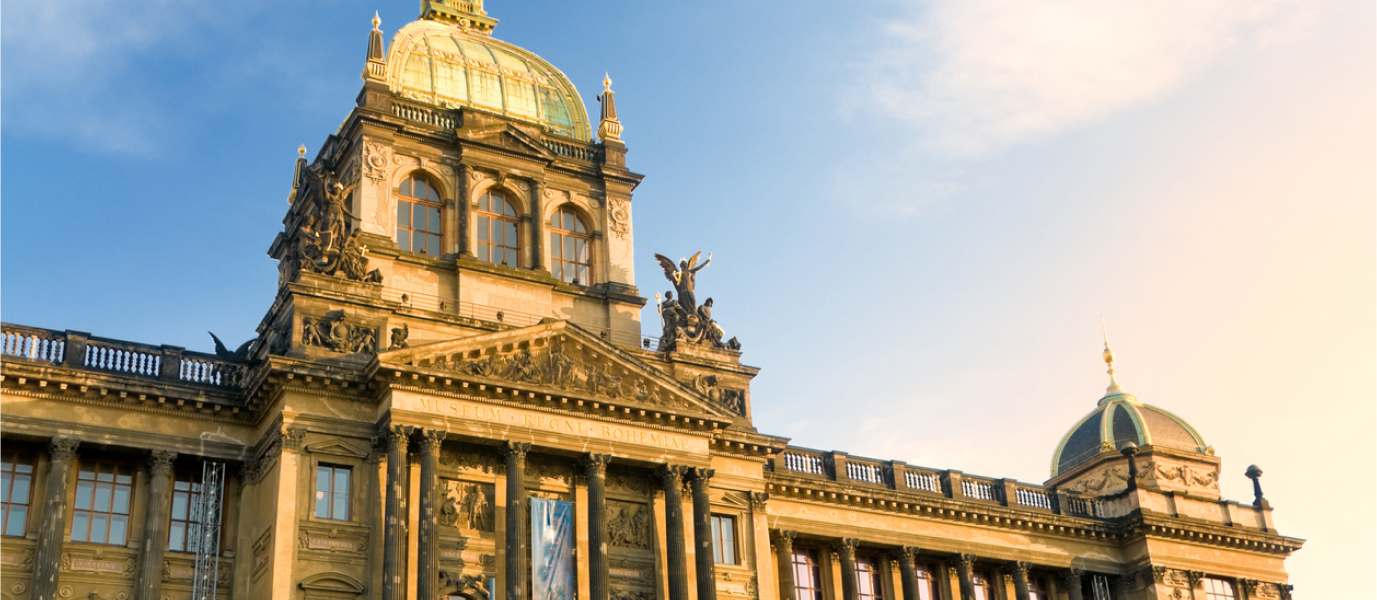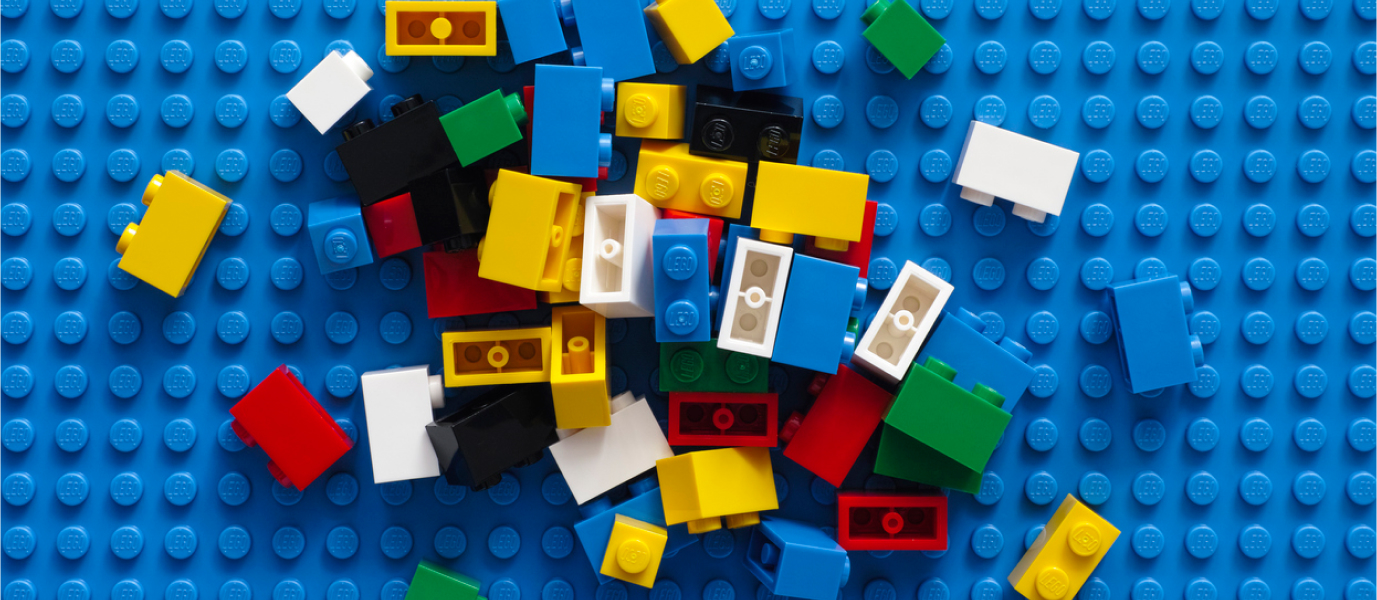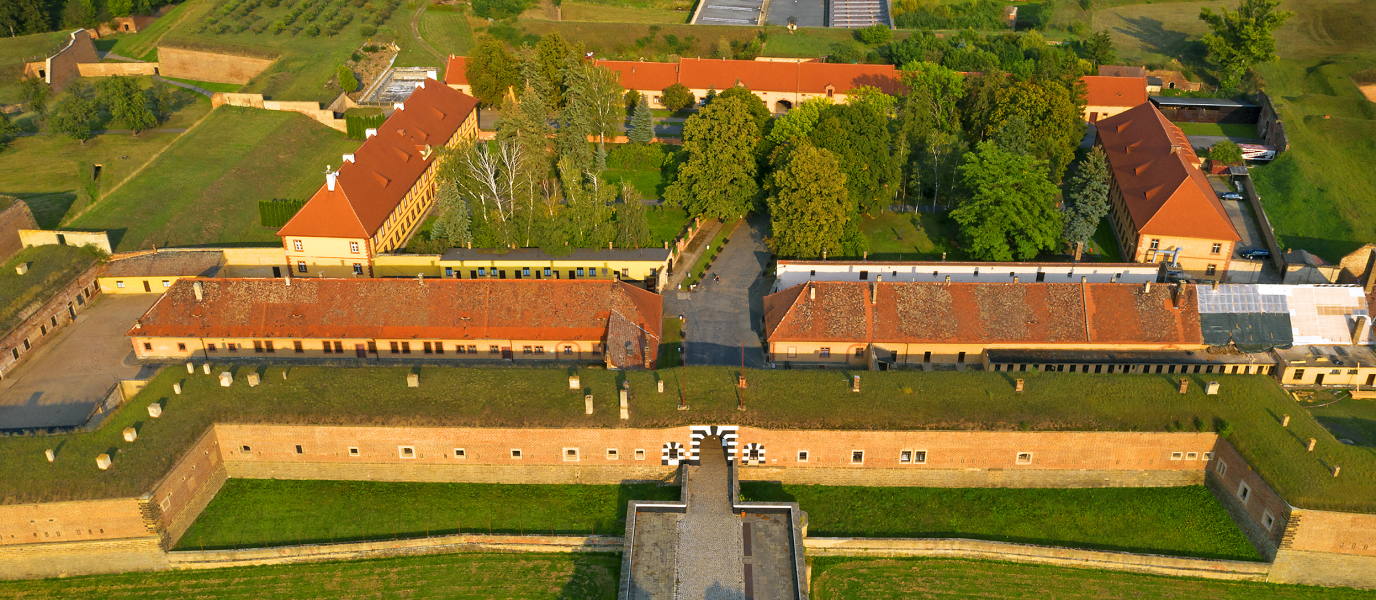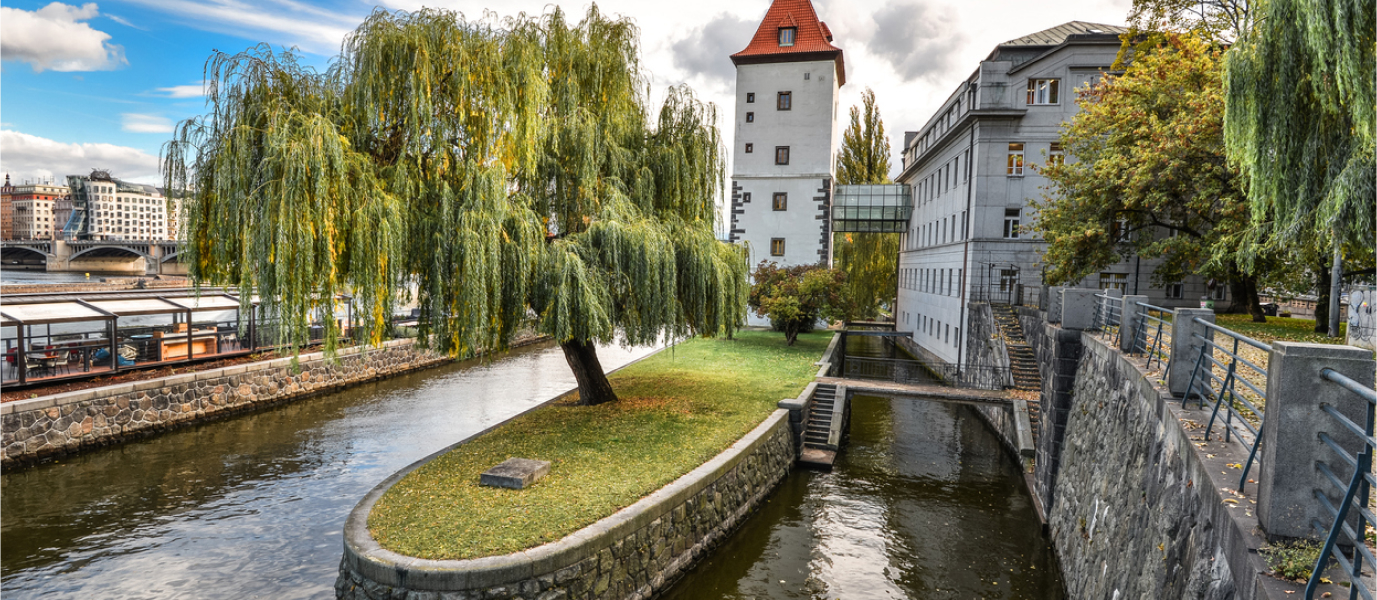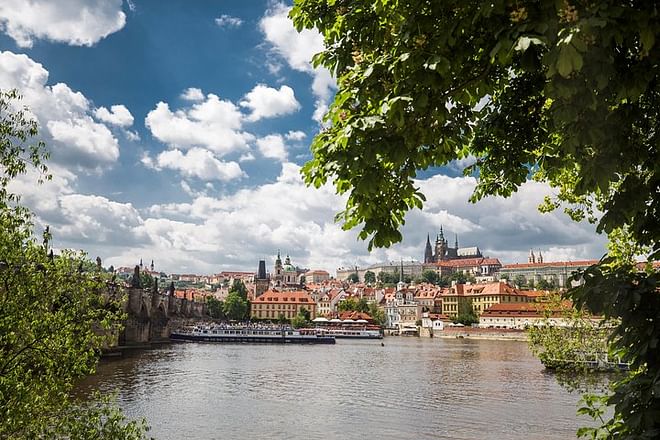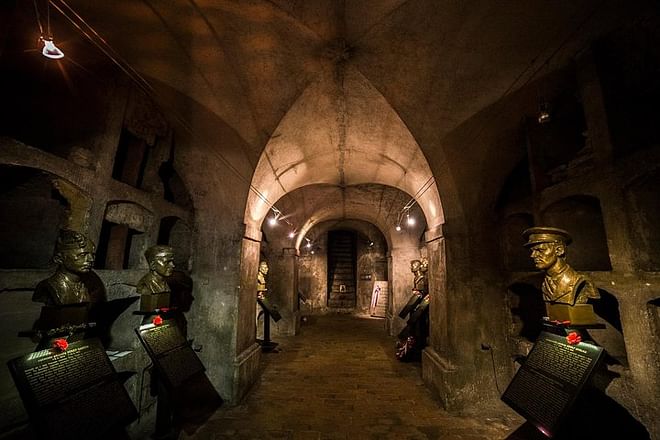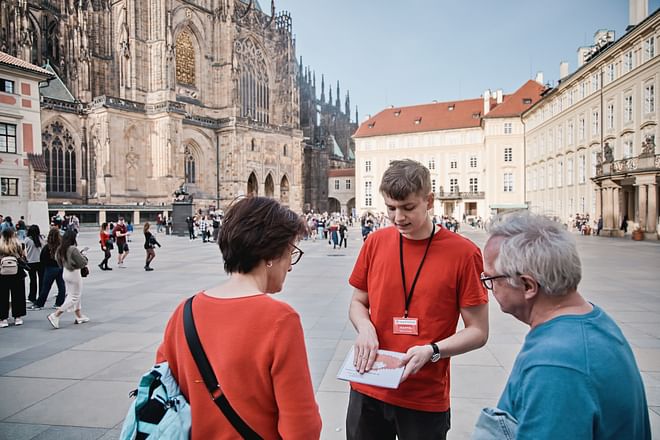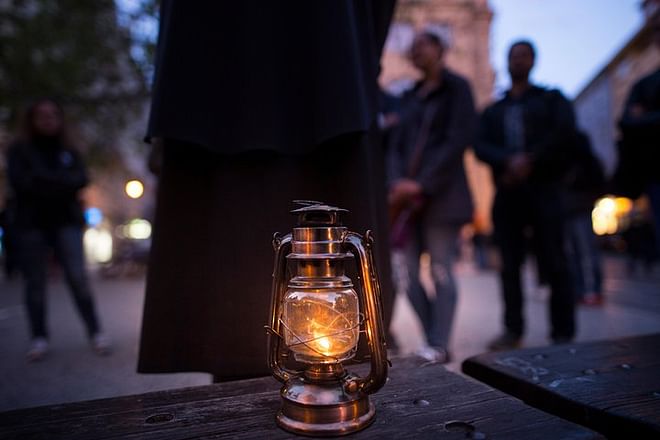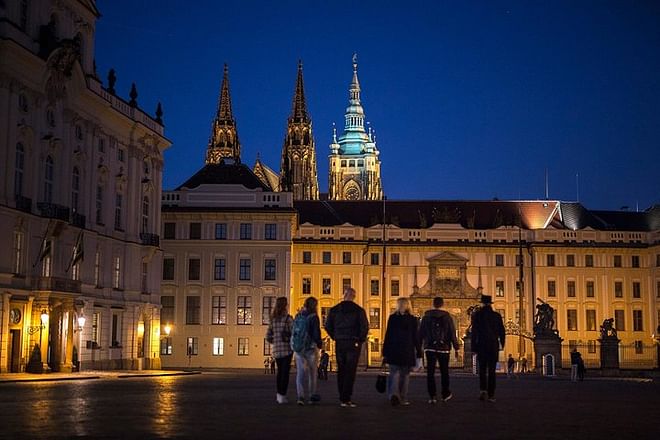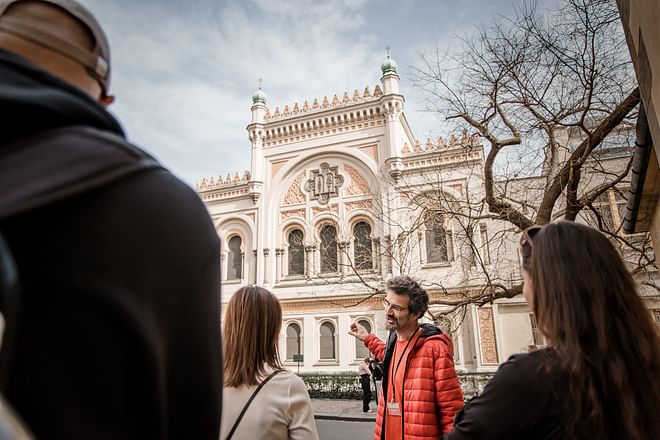The Prague National Museum stands up to some of Europe’s finest museums, such as the Louvre in Paris and the Uffizi Gallery in Florence. When asked to think of a city with a museum pedigree, Prague might not immediately spring to mind. However, you’ll change your mind once you learn a bit more about the Prague National Museum. The museum is housed within a beautiful building in Wenceslas Square in the city’s historic centre, which was the setting of the Velvet Revolution that led to the fall of communism.
Comprising various institutions, this museum—which is the largest in the Czech Republic—showcases Prague’s rich cultural heritage. This could be a good option for taking shelter from the cold, providing an opportunity to delve into the history of the city. You could also visit the museum with your family, as it holds a section dedicated to zoology which your children are bound to love.
The history of the Prague National Museum
As was the case with almost all European museums, the Prague National Museum was founded thanks to the generous donations of various Czech aristocrats who owned private collections, primarily revolving around natural sciences. No explanation of the museum’s history can go without mentioning Count Kaspar Maria von Sternberg, an eminent Bohemian botanist whose initiative played a crucial role in the museum’s foundation. It was originally opened under the name of the Patriotic Museum of Bohemia in 1818, with Sternberg operating as director. Originally, this was primarily a science museum.
Thanks to František Palacký, the museum would gradually introduce other types of exhibits. This famous Czech historian was responsible for strengthening the museum’s cultural offering. During the 1830s and the 1840s—with the arrival of Romanticism—Palacký managed to strike a balance between history and natural sciences. At the time, journals were starting to be published about the museum and its acquisitions. Fostering an increasingly nationalist sentiment, Palacký managed to achieve a change of mentality in the city of Prague.
The main problem faced by the National Museum from the very beginning was the lack of space to showcase the collections. The museum was first housed in the Sternberg Palace, one of the city’s most beautiful buildings, which was built between the seventeenth and eighteenth century. Nowadays, this holds the European art collection of the Prague National Gallery, which is another ‘must’ for lovers of Dürer, Rubens and Rembrandt. As donations continued to roll in, the museum moved to the Nostitz Palace in 1846. Once it became clear that space would continue to be an issue, architect Josef Schulz become involved.
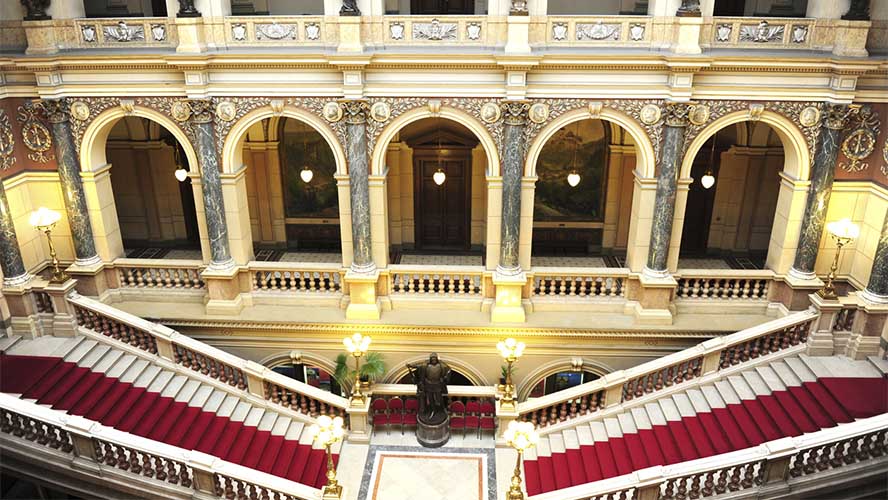
Between 1885 and 1891, a decision was made to construct a new building to house the increasingly large collection, with Josef Schulz being asked to lead the project. This renowned Czech architect had previously studied in Italy and Vienna. He experienced the Italian Renaissance with his own eyes, with this becoming one of his main sources of inspiration. This, combined with the arrival of Viennese Historicism—another trend that had influenced him—shaped the unique architectural style of the Prague National Museum.
Dominating Wenceslas Square, Schulz’s masterpiece has become an iconic symbol of the Czech Republic. The neo-Renaissance style of its imposing façade, which is one of the most commonly taken photographs in the city, immediately grabs the attention of passers-by. As you approach the building, look closely and you will make out shell marks in the wall. These were left by tank fire during the Prague Spring of August 1968. An eyewitness to the city’s history, this museum holds many more throwbacks within its lavishly decorated interior. If the building itself already had our attention, its various collections will end up winning us over.
What can we see in the Prague National Museum?
The government took control of the museum in 1949, opting to reorganise it into more sensibly distinguished sections, with each piece now having its own specific place. It was divided into five distinct institutions. The two main sources of the museum’s collections are housed in the main building constructed by Schulz. Namely, the Natural Science Museum and the History Museum—as well as the museum’s library. The two remaining institutions—the Náprstek Museum and the Czech Music Museum—are located outside of the main building.
- The Natural Science Museum. This is perhaps the most representative institution of the Prague National Museum, as it was originally founded to display this collection. Comprising over 15 million pieces, this is probably the most suitable institution if you’re travelling with children. One of the most popular parts is the zoology department, showcasing over 2 million mammal, reptile and bird samples. Your children are sure to have an amazing time as they get up close and personal with these amazing animals. The entomology department, meanwhile, with over 7 million different insect species, represents the largest collection of its type in the Czech Republic. The remaining departments in the Natural Science Museum pertain to mineralogy, palaeontology and anthropology. This museum comprises a journey through nature, from the past to the present day.
- The History Museum. This is another of the oldest parts of the museum, dating back to the building’s construction in 1818. This museum is also organised into various departments. Be sure to visit the Prehistory and Ancient History department, showcasing intriguing archaeological objects including examples of Greek and Roman craftsmanship. The Ancient Czech History department gives a fascinating insight into key events in the country’s history, ranging from the eleventh century up to the foundation of the Republic. Numismatics, ethnography and beautiful medieval objects, such as the famous Bohemian glassworks, are examples of the vast artistic and historical heritage that can be enjoyed in this part of the museum.
- The library. This scientific library, which is open to the public, was founded at the same time as the museum. One of the largest libraries in the Czech Republic, it holds an impressive collection of manuscripts, ancient engravings and an extensive collection of books. It is an endless source of knowledge that protects the memory of the country.
- The Czech Music Museum. With over 700,000 documents, the Czech Music Museum holds an extensive musical archive and an enormous range of musical instruments. This museum is housed in the St Mary Magdalene’s Church. Built in the seventeenth century, this striking construction used to be the headquarters of the Prague postal service. Following a full restoration, this building—located in the picturesque Malá Strana neighbourhood—offers a wonderful review of the history of popular Czech music.
- The Náprstek Museum. This fascinating museum is dedicated to Asian, African and American civilisations. If you find yourself in Bethlehem Square in the Old Town, this could be a great way to kill a couple of hours. Housed within a former beer and wine factory, this is the city’s only museum dedicated to non-European cultures.
Don’t leave the Prague National Museum without exploring its main hall, serving as a pantheon of illustrious characters in which you can learn about the country’s most celebrated figures. This is an enjoyable and educational way of learning more about Prague’s history and heritage.




































































